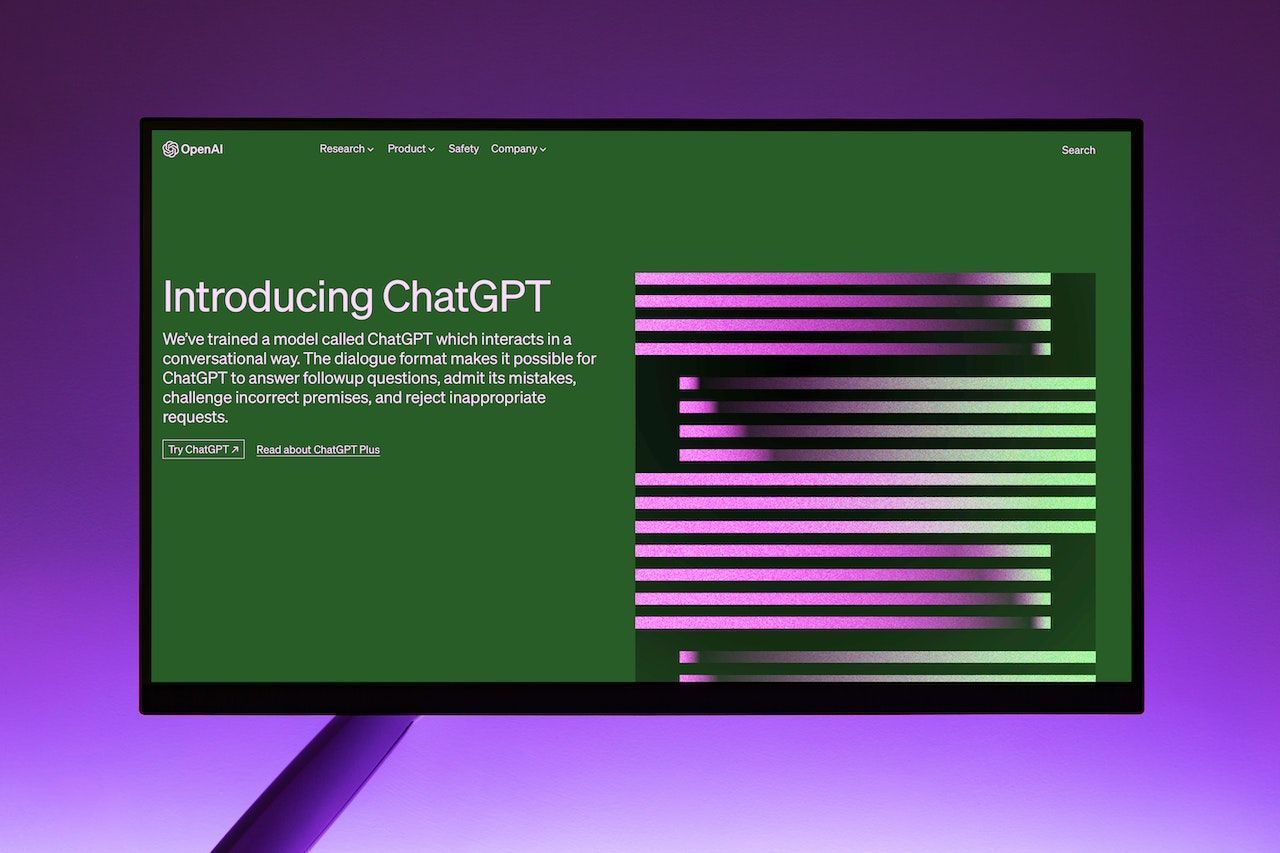One of the driving forces for the 4th Industrial Revolution is Artificial Intelligence. But, when the conversation is about AI and the new wave of tools for businesses and creative professionals, it is almost always about Generative AI. This field of Artificial Intelligence is about the composition of new content (text, images, videos, music, etc) using deep learning and neural networks based on a set of inputs given to the machine (Chakraborty et al., 2023).
The Impact
Generative AI is changing the landscape in our daily lives. For example, creative people in the visual design field are having a blast with these tools that generate images from scratch. Photoshop has been trending lately because it can extend or regenerate areas of a picture based on a prompt. Additionally, we have seen how Generative AI has created music that people might confuse for real artists.
ChatGPT has turned the world upside down including colleges because students might use this tool to generate their homework. If these students start generating all their work with ChatGPT, we won’t have competent professionals that could move society forward in terms of development. A lawyer used ChatGPT to prepare for court instead of doing his due diligence. This demonstrates that if we graduate “professionals” this way, we won’t have people to develop new knowledge other than repeating or reusing what Generative AI is regurgitating.
ChatGPT is the most popular AI tool. But, there are a large number of apps created daily that are aiming to replace or enhance human capabilities. This might create a big problem for professionals in some fields. For instance, copywriters are being laid off and replaced by ChatGPT because the jobs became redundant. Unfortunately, ChatGPT can generate content that is good enough for companies to rely on it while firing multiple people. The same will happen with programmers and designers because the job that was manually done by a team of 10 people could be done by one person giving command to the AI.
Programmers can see Generative AI as an enhancement that would help them become better programmers and more efficient. However, some companies might see it in terms of not shipping software faster with fewer bugs but shipping the software at the same speed with fewer engineers.
One thing to consider when implementing Generative AI in production and replacing workers is that you are responsible for what is generated and used. The lawyer mentioned earlier cannot argue that the machine made a mistake. Once you decide to use the content that is generated, you are the one accountable for everything that happens with this content. It is important also to mention laws and regulations about copyrighted data as these machine learning models generate content based on previous data that is fed to them. They don’t create anything out of thin air and countries would catch up eventually by making laws that constrain what is generated without proper citations and recognition of original authors. For instance, Sarah Silverman is suing OpenAI for copyright infringement because they use her work without permission.
What Can Be Done
I mentioned before that Artificial Intelligence is part of economic growth and it is expected to eliminate jobs while creating new ones. However, we might lose jobs at a higher rate than the ones created by AI at the moment. It is estimated that Artificial Intelligence could replace 300 million jobs in the near future. Around 14 million jobs won’t exist in the next five years because they could be replaced by new technologies including AI.
If we don’t want this development to get out of hand, legislators need to think about how many jobs can be replaced by AI while we do the transition as a society where repetitive and some creative tasks are done solely by artificial intelligence. There is no way or reasons to stop the development of AI. Nevertheless, we need to make sure that society is able to adapt to these changes and people have jobs available during the change. Also, companies must understand that if you replace ten people with one person using AI, you might be increasing or maintaining the output but not the outcome because this single individual cannot review and supervise everything done by the machine in the timeframe required. Thus, money might be saved but the worker available to review the generated content might be overwhelmed.
References
Chakraborty, U., Roy, S., & Kumar, S. (2023). Rise of Generative AI and ChatGPT. BPB Publications.


